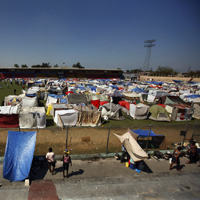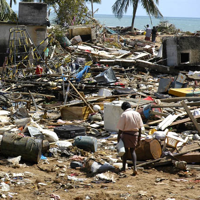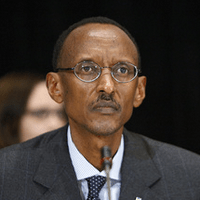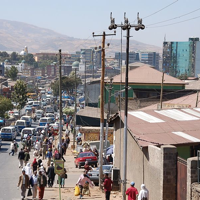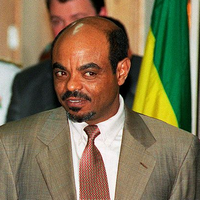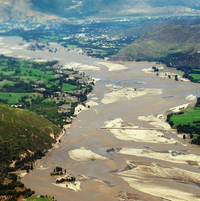
When historians come to write the history of the European Union in the period following the ratification of the Lisbon Treaty in 2009, they are likely to describe it as a litany of jarring crises. They will naturally prioritize the financial shocks to the eurozone in 2010 and 2011. But they will also have to make space for at least two major humanitarian crises that sparked angry debates about the EU’s global role. The first was the earthquake that hit Haiti in January 2010. The second was the man-made disaster in Libya that began in February 2011. The Haitian catastrophe […]

